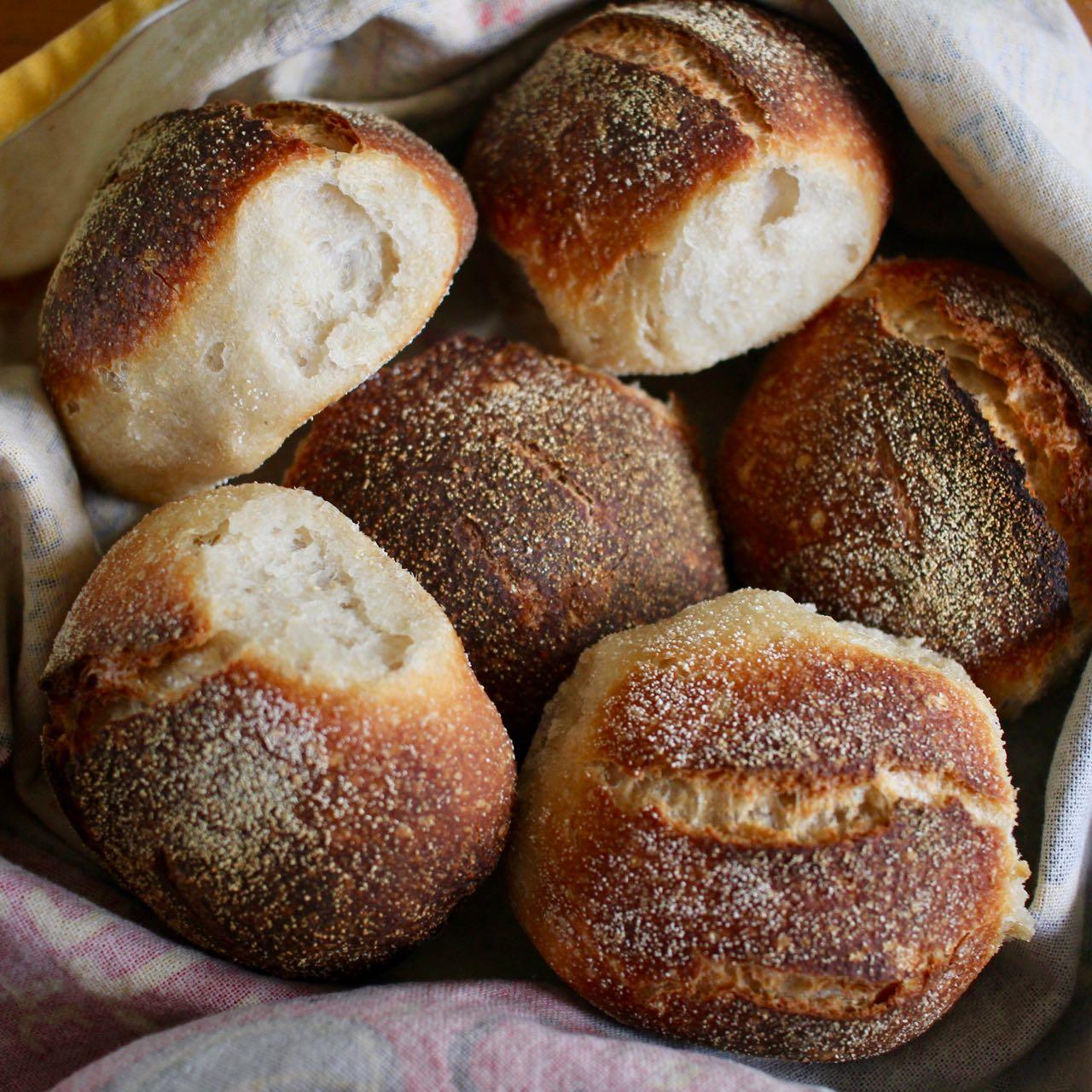

Articles
How To Store Sourdough Bread Overnight
Modified: January 5, 2024
Learn the best tips and techniques for storing your homemade sourdough bread overnight in this insightful articles guide. Preserve freshness and enjoy delicious bread!
(Many of the links in this article redirect to a specific reviewed product. Your purchase of these products through affiliate links helps to generate commission for Storables.com, at no extra cost. Learn more)
Introduction
In the world of baking, sourdough bread holds a special place. Its distinctive tangy flavor, chewy texture, and crispy crust make it a favorite among bread enthusiasts. But what do you do when you have leftover sourdough bread that you want to enjoy the next day?
Storing sourdough bread overnight is a crucial step to ensure its freshness, maintain its flavor, and prevent it from becoming stale or moldy. Proper storage methods can help prolong the shelf life of your sourdough bread, allowing you to savor its deliciousness for an extended period.
In this article, we will explore the reasons why storing sourdough bread overnight is important and guide you on choosing the right storage method. We will also provide you with step-by-step instructions on how to store sourdough bread properly, ensuring that it stays fresh and flavorful until the next morning.
So, if you have a loaf of delectable sourdough bread that you want to enjoy later, keep reading to discover the best practices for overnight storage!
Key Takeaways:
- Preserve the Delight: Storing sourdough bread overnight maintains its moisture, crustiness, and flavors. Choose the right method, location, and check its quality in the morning for a delightful experience.
- Savor Every Bite: Properly wrapping and storing sourdough bread preserves its freshness and texture. Check for mold, assess its quality, and revive if needed for a scrumptious treat.
Read more: How To Store Sourdough
Why Storing Sourdough Bread Overnight is Important
Storing sourdough bread overnight is crucial for several reasons. Firstly, sourdough bread is made using a natural fermentation process, which gives it a unique flavor and texture. However, this fermentation process also means that sourdough bread tends to dry out more quickly compared to commercially produced bread.
By storing sourdough bread overnight, you can help retain its moisture and prevent it from becoming dry and stale. This allows you to enjoy the bread’s soft, chewy texture and ensures that every bite is as delightful as the first.
Secondly, storing sourdough bread in the right way can help maintain its crust. Sourdough bread is known for its crispy exterior, and proper storage can help preserve this desirable characteristic. Leaving the bread exposed or improperly wrapped can result in a loss of crustiness, leading to a less enjoyable eating experience.
Another important reason to store sourdough bread overnight is to prevent it from becoming moldy. The natural fermentation process of sourdough bread creates the perfect environment for mold growth if not properly stored. This is especially true if the bread is left out in a humid environment or in direct contact with moisture.
By following the right storage methods, you can minimize the risk of mold formation and ensure that your sourdough bread remains safe to consume. This is particularly important if you have invested time and effort into making or purchasing high-quality sourdough bread that you want to enjoy for multiple days.
Lastly, storing sourdough bread overnight allows the flavors to develop further. Sourdough bread undergoes a slow fermentation process, which results in complex and rich flavors. Allowing the bread to rest overnight gives ample time for the flavors to mature and intensify, enhancing your overall eating experience.
Overall, storing sourdough bread overnight plays a vital role in preserving its moisture, maintaining its crustiness, preventing mold growth, and enhancing its flavors. Now that you understand why it’s important, let’s delve into the different methods of storing sourdough bread effectively.
Choosing the Right Storage Method
When it comes to storing sourdough bread overnight, selecting the appropriate storage method is key to maintaining its freshness and flavor. There are a few options to consider, each with its own advantages and considerations.
One popular method is wrapping the bread in a clean kitchen towel or cloth. This method allows the bread to breathe while still offering some protection from drying out. However, it’s important to note that this method may not be as effective in humid environments, as moisture can accumulate and lead to mold formation.
Another option is to use airtight containers or plastic bags. These can help retain moisture and prevent the bread from becoming stale. However, it’s crucial to let the bread cool completely before placing it in an airtight container to prevent condensation. Excess moisture can make the bread soggy and lead to mold growth.
If you prefer to maintain the crustiness of the bread, you can opt for storing it unwrapped but in a paper bag. The paper bag allows the bread to breathe while still providing some protection. However, keep in mind that this method may not be as effective in humid environments, and the bread may dry out more quickly.
Consider the storage space available to you as well. If you have limited space, using a bread box or bread bin can be a convenient option. These containers are designed to preserve the freshness of bread, and some even come with ventilation holes to regulate moisture levels. However, be sure to choose a container that is large enough to accommodate the size of your sourdough bread.
When deciding on the best storage method, it’s important to consider factors such as humidity levels, available space, and personal preference. Experimenting with different methods can help you determine which works best for your specific needs.
Now that you know the importance of storing sourdough bread overnight and how to choose the right storage method, let’s move on to the step-by-step process of preparing and storing the bread for optimal freshness.
Step 1: Preparing the Sourdough Bread for Storage
Before you can properly store your sourdough bread overnight, it’s essential to prepare it for storage. Taking the time to prepare the bread ensures that it stays fresh and delicious until the next day.
The first step is to ensure that the bread has cooled completely. This allows any residual heat to dissipate and prevents condensation from forming inside the storage container, which can make the bread soggy. Ideally, you should let the bread cool for at least one to two hours after it has been baked.
Once the bread has cooled, it’s important to handle it with care to prevent any damage or deformation. Sourdough bread has a delicate structure, and mishandling it can affect its texture and presentation.
Using a clean, serrated knife, gently slice the bread into individual portions or larger slices, depending on your preference. If you plan to enjoy the bread as a whole loaf the next day, you can skip this step.
After slicing, take a moment to inspect the bread for any signs of mold or spoilage. It’s crucial to discard any sections of the bread that show signs of mold, as consuming moldy bread can lead to health issues.
Now that the bread is prepared, it’s time to move on to the next step: wrapping the bread properly to maintain its freshness and prevent it from drying out.
Join us in the next step to discover the best ways to wrap your sourdough bread for overnight storage!
Step 2: Wrapping the Bread Properly
Properly wrapping your sourdough bread is crucial to maintain its freshness and prevent it from drying out. The right wrapping method will help create an optimal environment for the bread, preserving its flavor and texture.
One popular and effective method is to use plastic wrap or beeswax wrap. Start by placing the sliced or whole loaf of bread on a clean, flat surface. Gently wrap the bread with the plastic wrap, ensuring that it is tightly sealed to prevent air from entering. Be careful not to apply too much pressure that could deform the bread.
If you prefer a more environmentally-friendly option, beeswax wrap can be a great alternative. Beeswax wraps are made from cotton fabric coated with a mixture of beeswax, jojoba oil, and tree resin. Simply place the bread on the wrap and fold the edges over to seal it tightly.
Another option is to use parchment paper. Place the bread in the middle of a large piece of parchment paper and fold the edges over to create a tight seal. You can secure the edges with tape or a rubber band if needed.
Whichever wrapping method you choose, it’s important to ensure that the bread is fully covered and sealed. This will help prevent moisture loss and maintain the freshness of the bread overnight.
After wrapping the bread, you may also consider placing it inside a bread bag or airtight container for an added layer of protection. This is especially recommended if you live in a particularly humid area or if you want to further extend the bread’s shelf life.
Now that the bread is securely wrapped, it’s time to move on to the next step: selecting the ideal storage location for your sourdough bread.
Store sourdough bread overnight by wrapping it in a clean kitchen towel or placing it in a paper bag to maintain its crustiness. Avoid using plastic bags, as they can trap moisture and make the bread soggy.
Read more: How To Store A Loaf Of Sourdough
Step 3: Selecting the Ideal Storage Location
Choosing the right storage location for your sourdough bread is essential to ensure its optimal freshness and quality. The storage environment plays a significant role in preserving the bread’s flavor, texture, and moisture levels.
When selecting a storage location, it’s important to consider the temperature and humidity levels. Ideally, the storage area should be cool and dry. Avoid storing the bread near sources of heat, such as the stove or oven, as this can accelerate the staling process.
Additionally, it’s important to keep the bread away from direct sunlight and other sources of UV light. Exposure to light can result in the breakdown of nutrients and flavors, negatively impacting the quality of the bread.
If possible, store the wrapped bread in a pantry or bread box away from other food items with strong odors. Sourdough bread easily absorbs odors, which can alter its taste and aroma. Keeping it separated from other food items will help maintain its distinct flavor.
If you don’t have a pantry or bread box, you can also store the bread in the refrigerator. However, be aware that refrigeration can accelerate the staling process and may result in a slightly drier texture. If you choose to refrigerate the bread, make sure it is properly wrapped to prevent it from absorbing any unwanted odors from the refrigerator.
Ultimately, the ideal storage location for your sourdough bread will depend on your specific environment and circumstances. Experiment with different areas in your home to find the spot that best maintains the freshness and quality of the bread.
Now that you have selected the perfect storage location, let’s move on to the next step: storing the sourdough bread overnight!
Step 4: Storing the Sourdough Bread Overnight
Now that you have prepared and wrapped your sourdough bread, it’s time to store it properly overnight. Proper storage ensures that the bread remains fresh and tasty, ready to be enjoyed the next morning.
If you have chosen to store the bread at room temperature, find a cool and dry spot in your pantry or bread box. Place the wrapped bread in the designated area, making sure it is securely stored and protected from any external factors that may affect its quality.
If you prefer to store the bread in the refrigerator, find a space where it can be stored without being crushed or squeezed. Place the wrapped bread in a spot where it won’t come into contact with strong-smelling foods, as sourdough bread easily absorbs odors.
When storing the bread in the refrigerator, keep in mind that it may become slightly drier compared to storing it at room temperature. However, the refrigerator can help inhibit mold growth and extend the bread’s shelf life.
In either storage location, ensure that the bread is properly sealed and protected from air and moisture. This will help maintain its texture, flavor, and freshness throughout the night.
Remember, it’s important not to store the bread for too long. While sourdough bread generally has a longer shelf life compared to other types of bread, it is best enjoyed when fresh. Aim to consume your stored sourdough bread within the next 24 to 48 hours for the best experience.
Now that you have successfully stored your sourdough bread overnight, it’s time to move on to the final step: checking the bread in the morning to ensure its quality.
Step 5: Checking the Bread in the Morning
After storing your sourdough bread overnight, it’s important to check its quality in the morning before enjoying it. This step ensures that the bread has maintained its freshness and flavor throughout the night.
Start by carefully unwrapping the bread and examining its appearance. Look for any signs of mold or discoloration. If you notice any mold growth or an off-putting smell, it’s crucial to discard the bread immediately. Consuming moldy bread can be harmful to your health.
Next, give the bread a gentle squeeze. It should feel slightly firm and spring back when pressed. If the bread feels excessively hard or stale, it may have lost some of its moisture during overnight storage. While it may still be safe to consume, the texture and taste may be compromised.
To evaluate the taste and texture, you can cut a slice or tear a piece from the loaf. Take a bite and assess the bread’s flavor, noting any changes or loss of the sourdough’s distinctive tang. Ideally, the bread should still have a soft and chewy texture, with a pleasant taste.
If the bread appears and tastes fresh, congratulations! You have successfully stored your sourdough bread overnight, and it’s ready to be enjoyed. You can simply spread some butter, make a delicious sandwich, or toast it to enhance its flavors.
However, if you find that the bread has become slightly dry or stale, don’t worry. You can revive it by spritzing a bit of water onto the surface and lightly toasting it. This will help restore some of the moisture and crispness, making it a delightful treat.
Remember, the quality of the bread may vary depending on storage conditions and the specific characteristics of the sourdough bread itself. Adjust your storage method or duration as needed to find the best results for your preferences.
By following these steps and checking the bread in the morning, you can ensure that your sourdough bread remains fresh, tasty, and enjoyable even after being stored overnight.
Now that you’ve learned the entire process of storing sourdough bread overnight, you’re ready to apply these techniques and experience the pleasure of enjoying fresh homemade sourdough bread every day!
Conclusion
Storing sourdough bread overnight is a critical step in preserving its freshness, flavor, and texture for the next day. By following the proper storage methods outlined in this article, you can ensure that your sourdough bread remains delicious and enjoyable, even after being stored overnight.
From preparing the bread for storage to wrapping it properly, selecting the ideal storage location, and checking its quality in the morning, each step plays a vital role in maintaining the bread’s optimal condition.
Remember to choose the right storage method based on your environment and personal preferences. Whether you opt for plastic wrap, beeswax wrap, parchment paper, or a bread box, the goal is to retain moisture, prevent mold growth, and preserve the bread’s crustiness.
By storing the bread in a cool, dry location away from heat and sunlight, you create a favorable environment for its preservation. If refrigeration is necessary, take precautions to prevent the bread from absorbing unwanted flavors or drying out excessively.
After storing the bread overnight, be sure to check its quality in the morning. Look for any signs of mold, assess its texture, and taste to ensure it remains fresh and enjoyable. If necessary, you can revive slightly stale bread by spritzing water and toasting it.
In conclusion, proper storage techniques allow you to savor the delightful taste and texture of sourdough bread, even when enjoyed the next day. Whether you’re a passionate baker or an enthusiast who appreciates the art of bread-making, learning how to store sourdough bread overnight ensures that every slice is a scrumptious treat.
So, don’t let your leftover sourdough bread go to waste. With the knowledge gained from this article, you can confidently store your sourdough bread overnight and wake up to the delight of fresh, flavorful bread every morning. Happy baking and enjoy your delicious sourdough creations!
Frequently Asked Questions about How To Store Sourdough Bread Overnight
Was this page helpful?
At Storables.com, we guarantee accurate and reliable information. Our content, validated by Expert Board Contributors, is crafted following stringent Editorial Policies. We're committed to providing you with well-researched, expert-backed insights for all your informational needs.
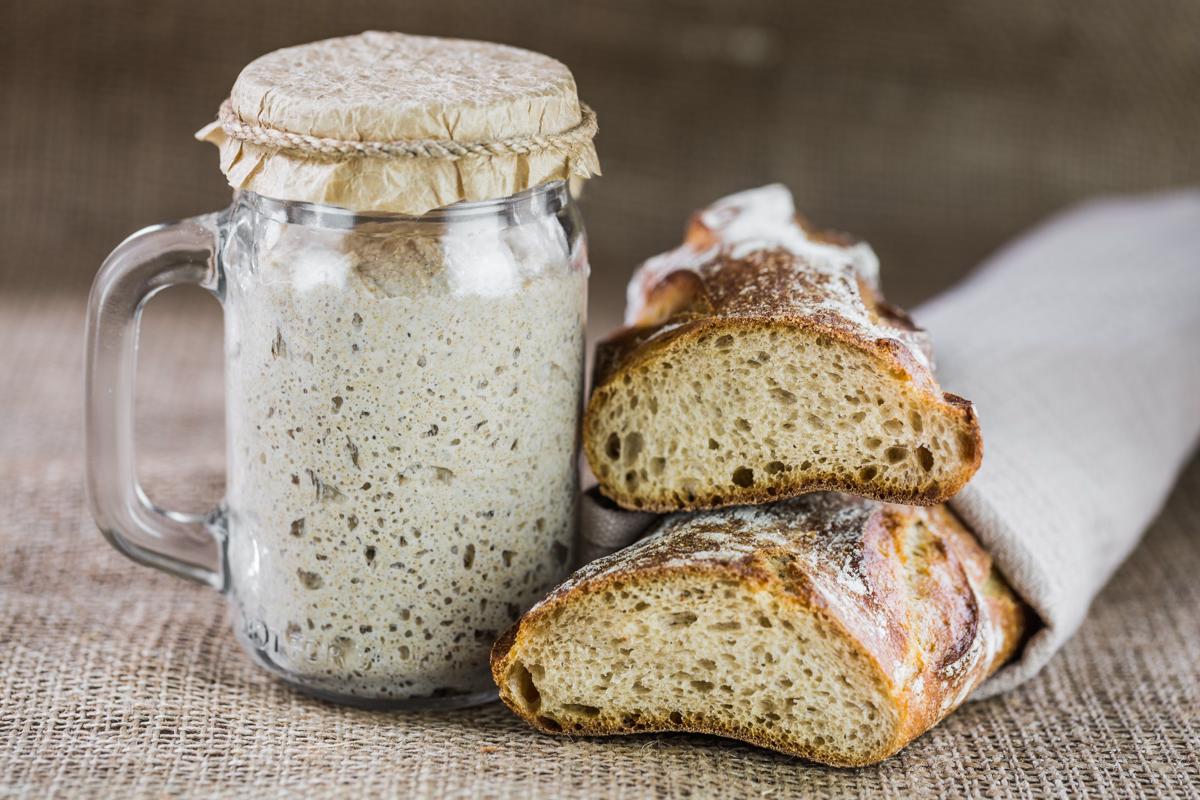
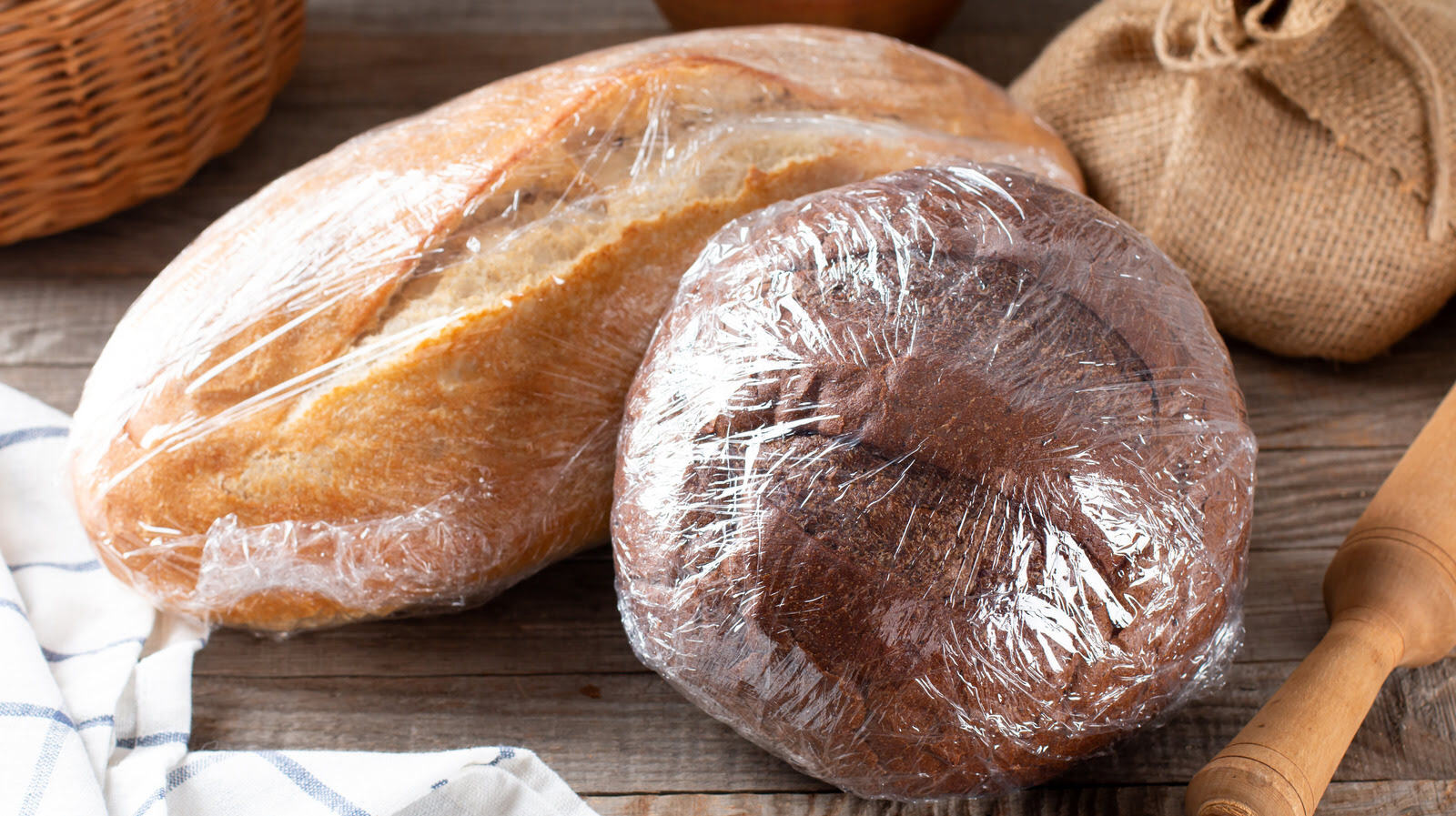
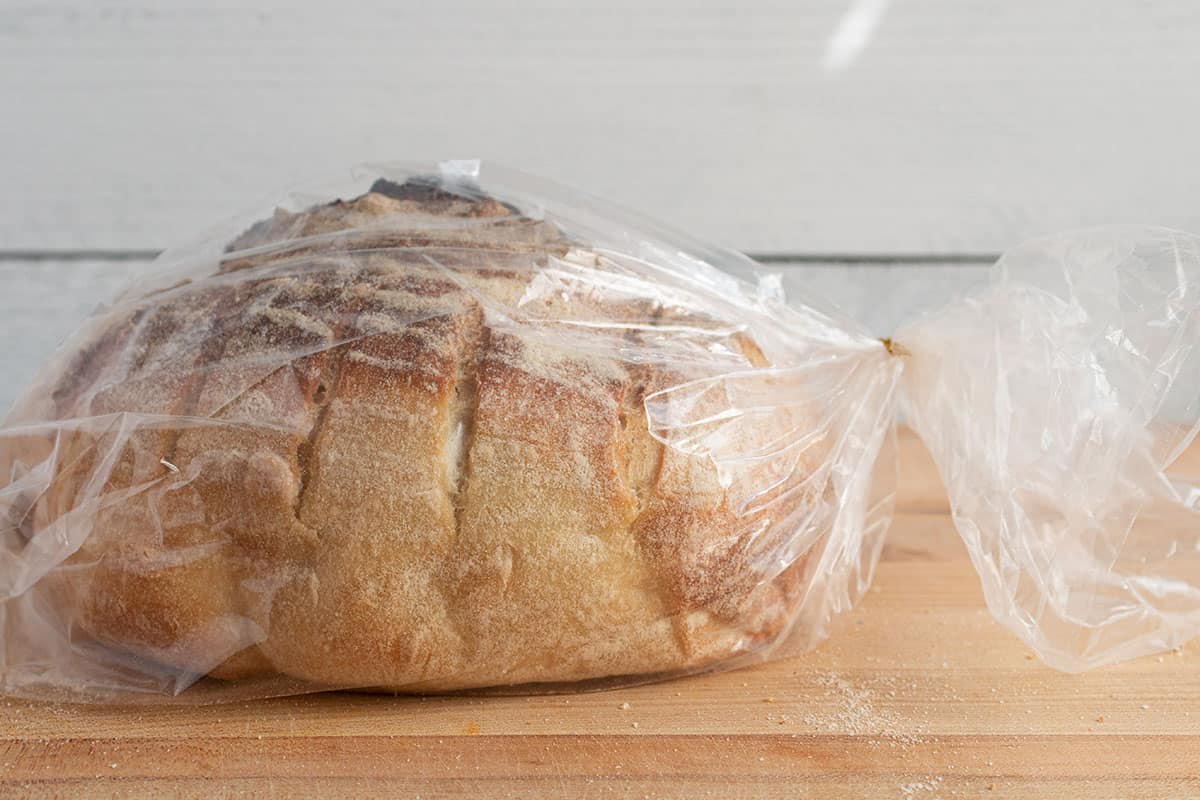
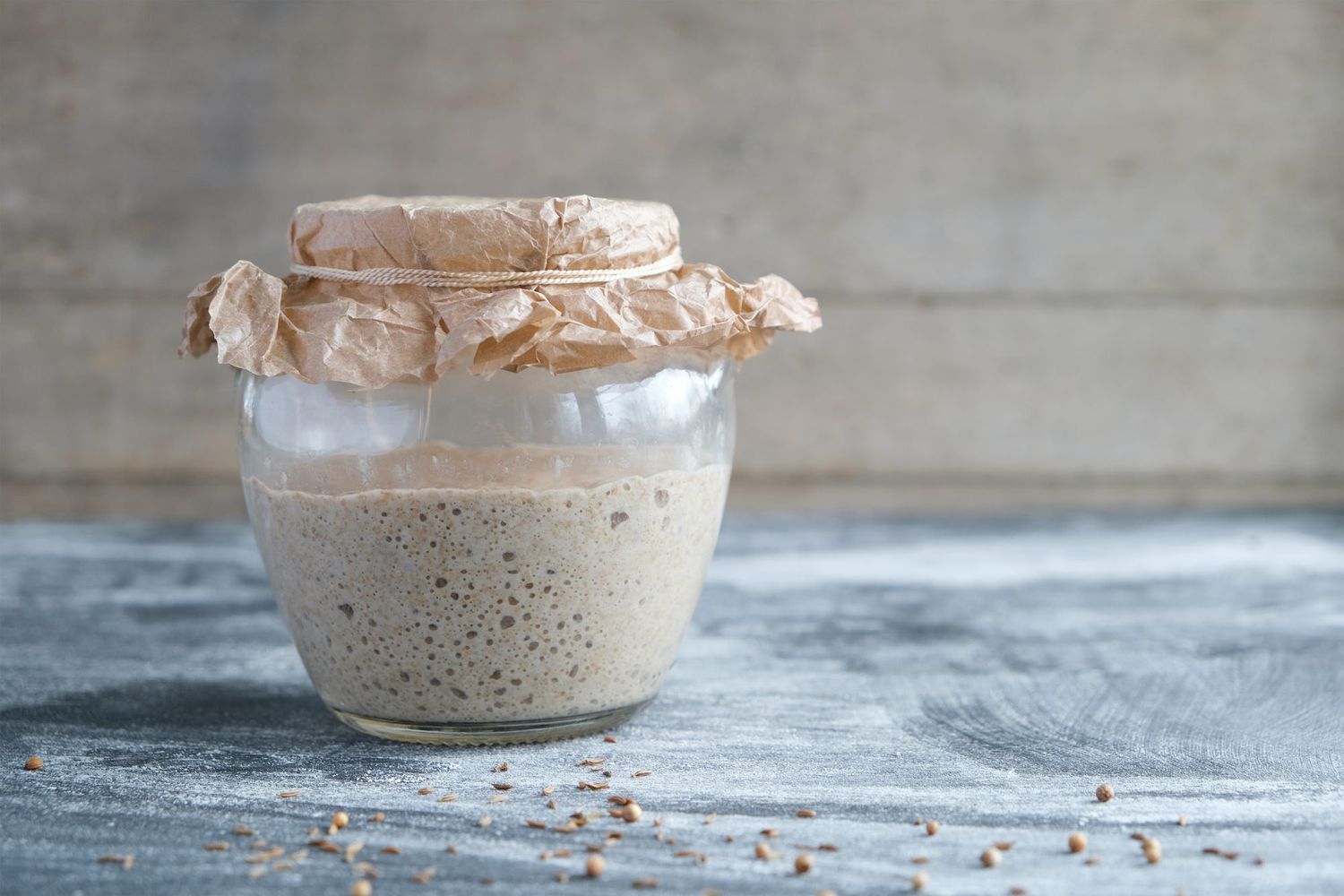

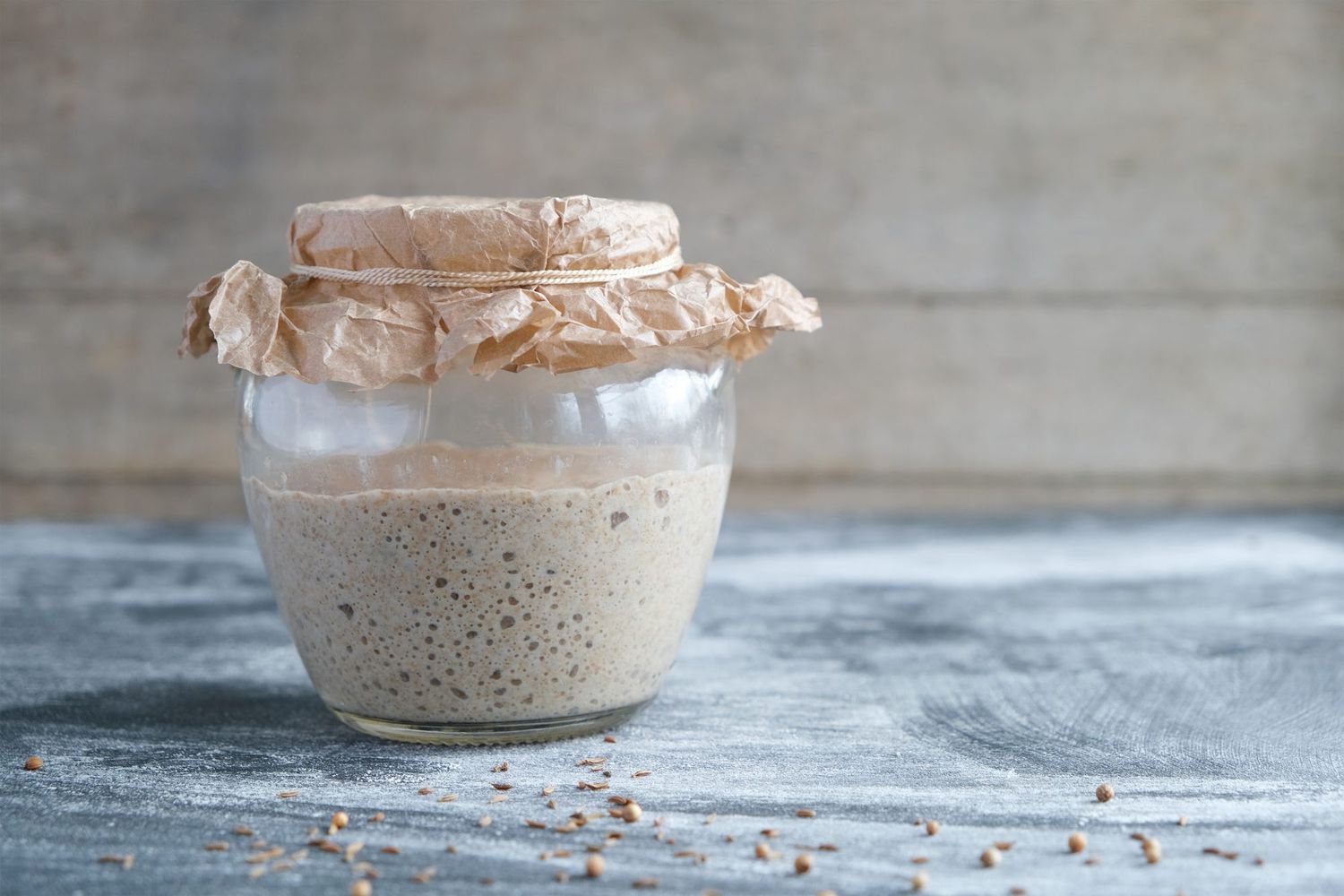

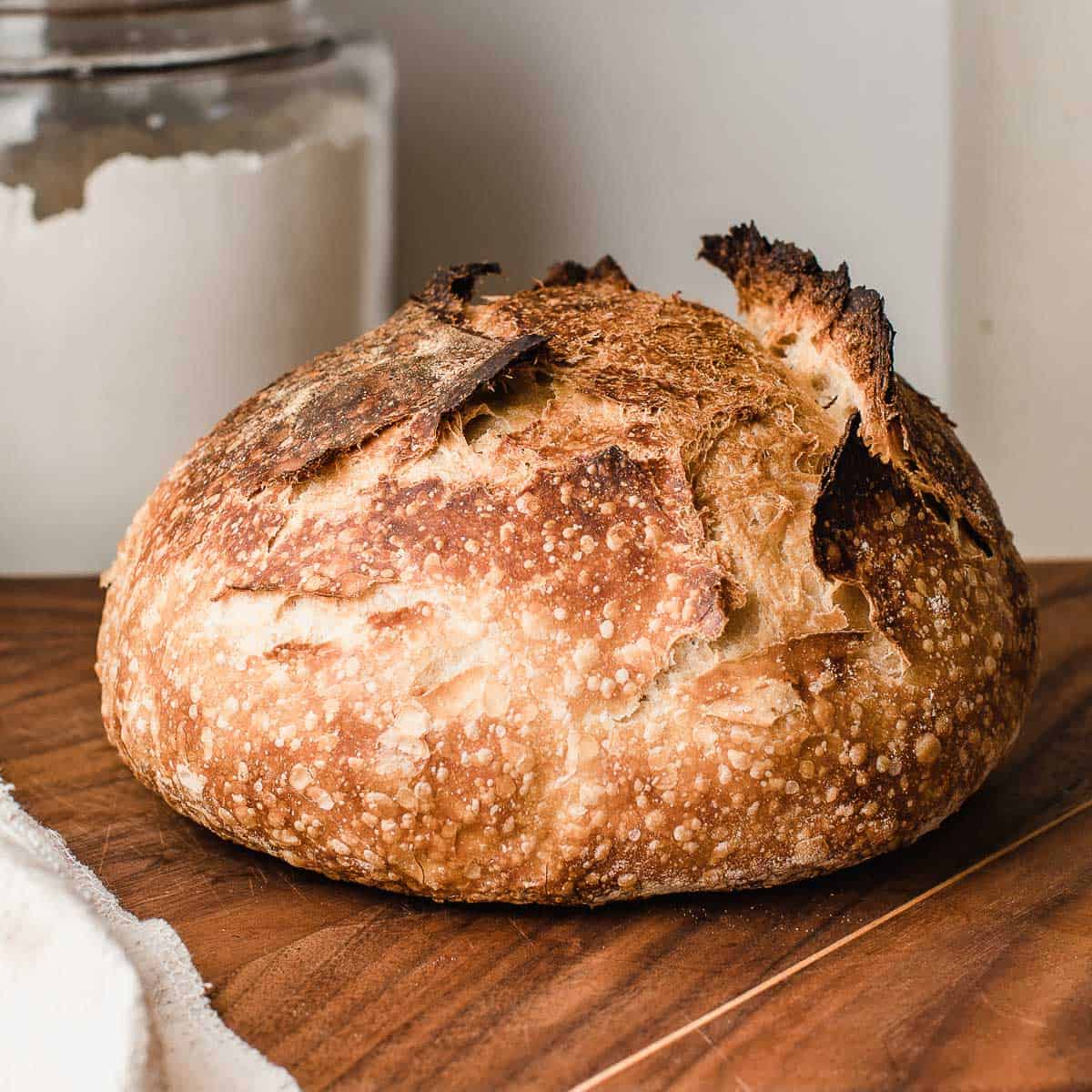
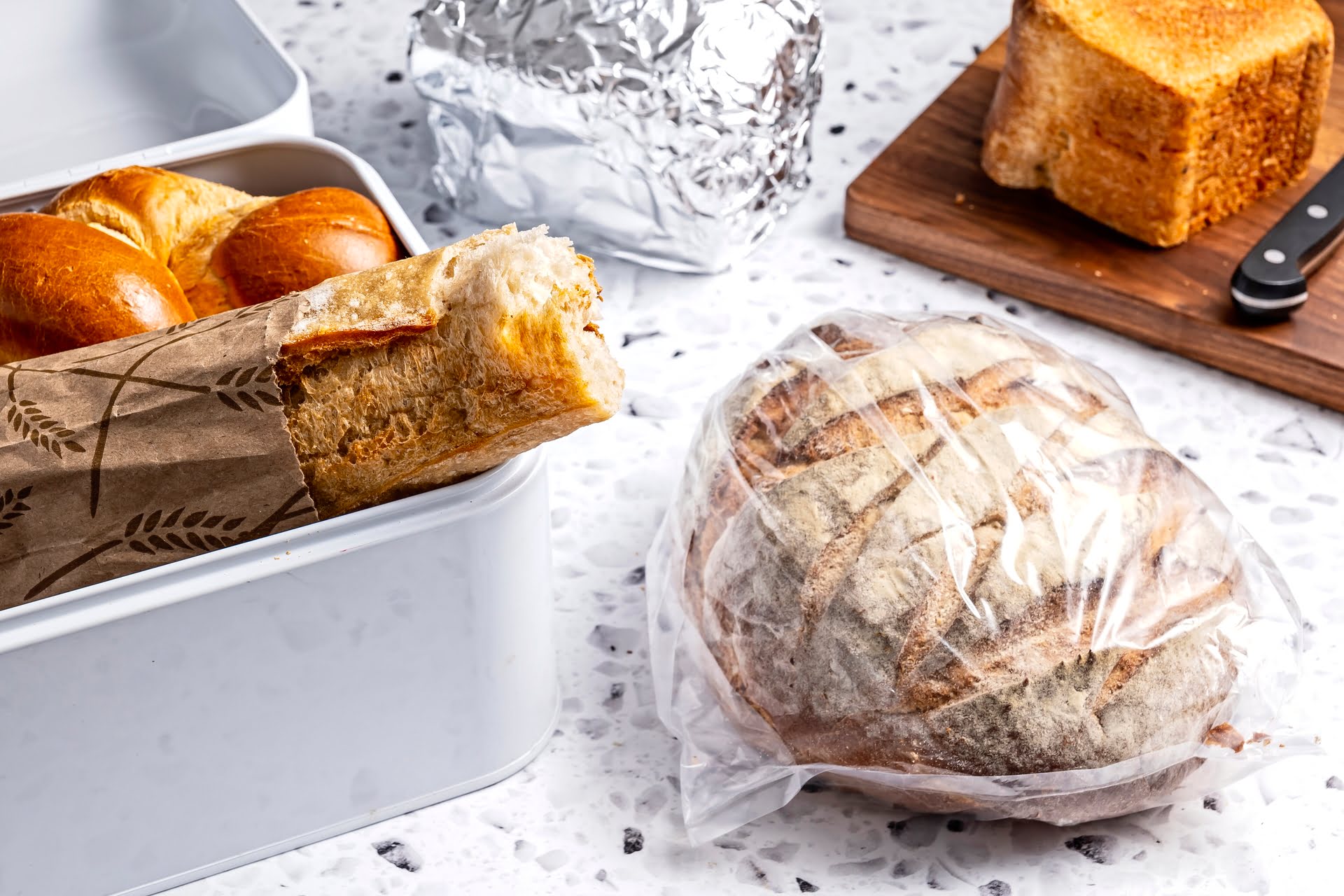


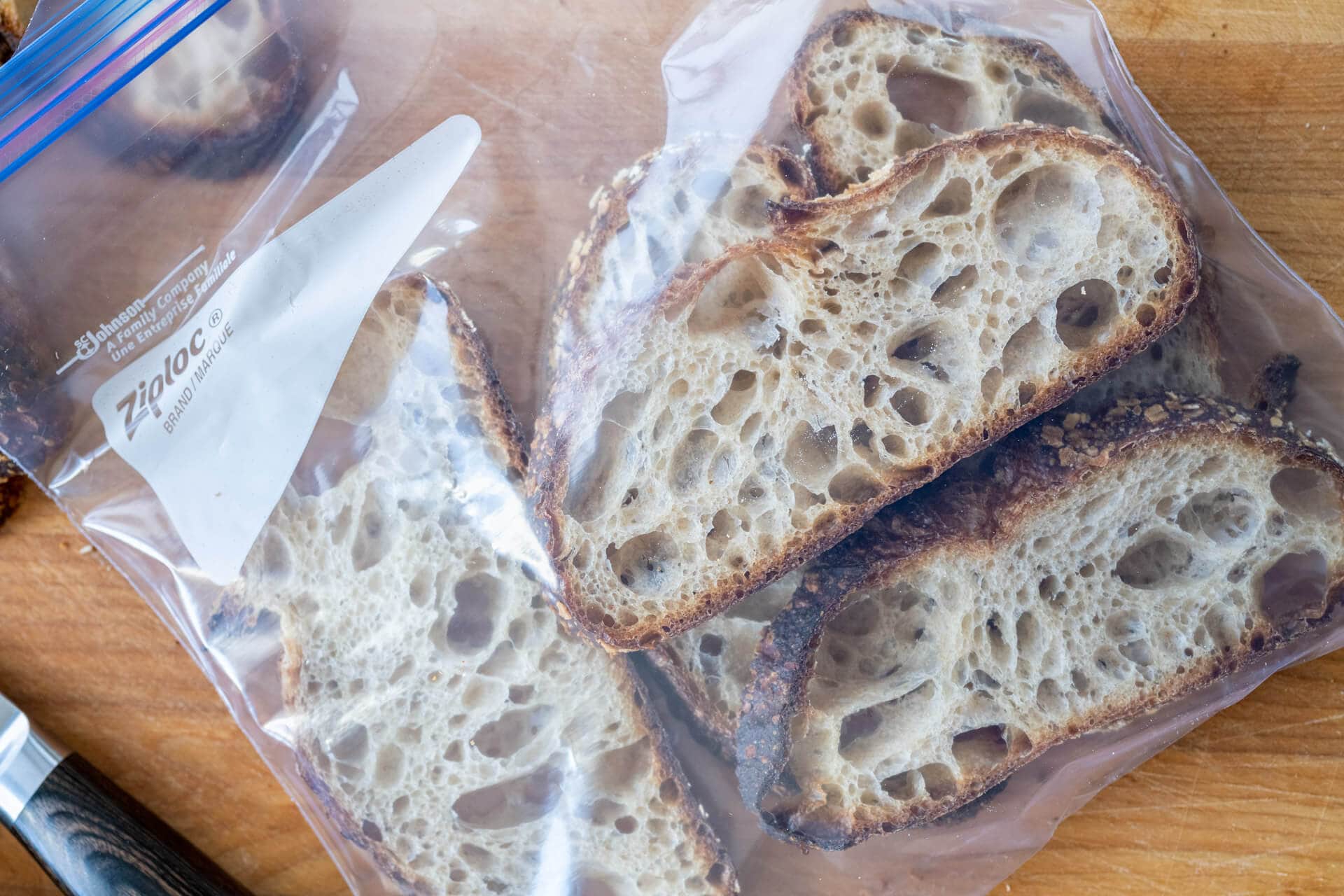
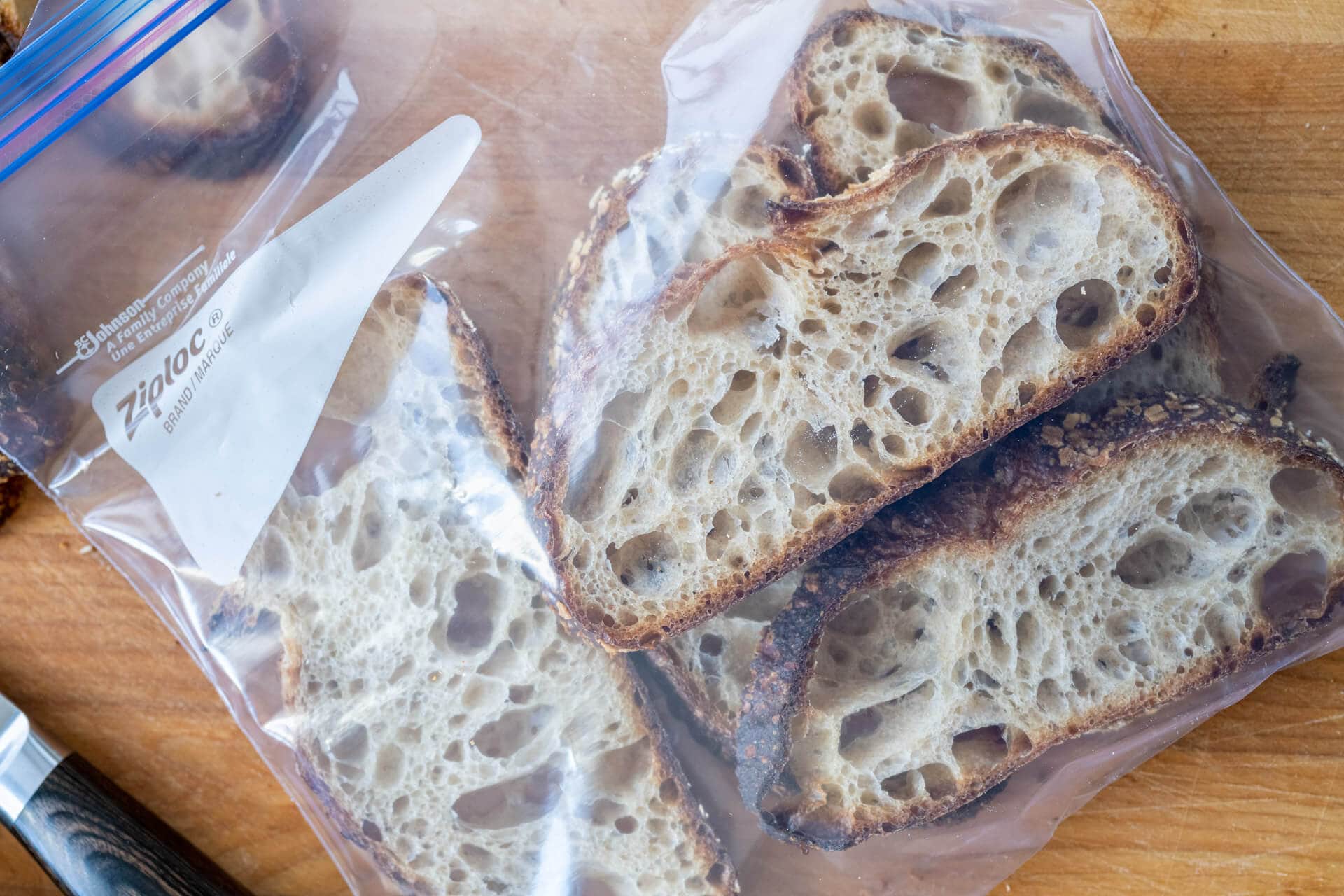
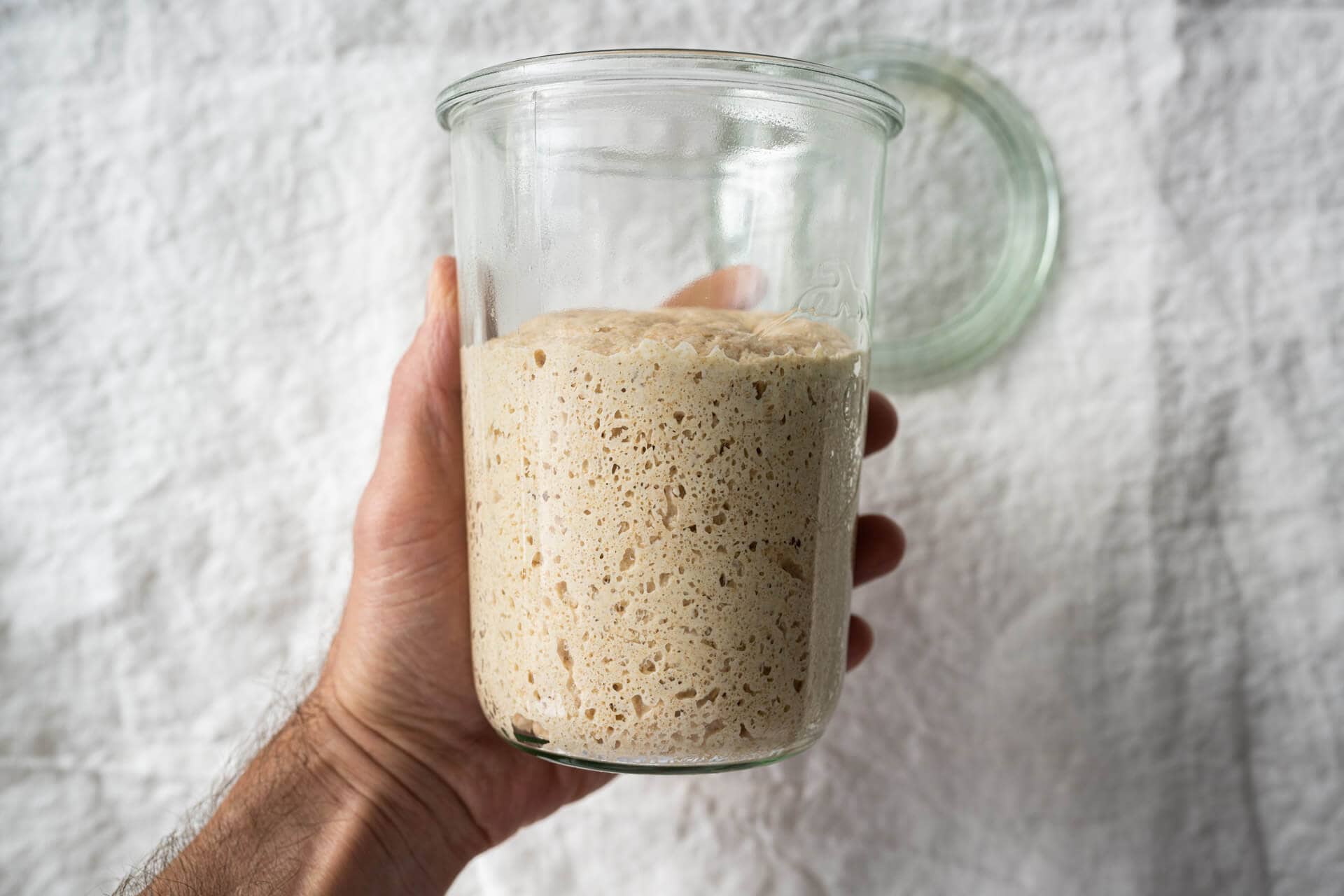

0 thoughts on “How To Store Sourdough Bread Overnight”